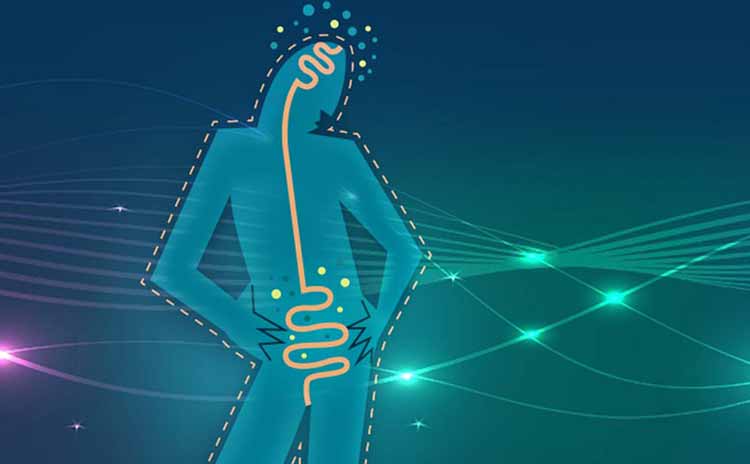- Hormonal Health
HPA Axis and the Gut - Case Studies and Clinical Pearls
May 24, 2018
Overview
The HPA axis is the body's stress response system. Acute stress causes the HPA axis to start a systemic hormonal cascade that enables the body to react quickly to the stressor - the "fight or flight" response. In today's world, stress is often chronic, but the HPA axis responds in the same way as it does to acute stress. This results in a repetitive and continuous stress hormone cascade that impacts every system in the body. Patients who experience this constant sympathetic state have a variety of symptoms that can be vague and seemingly unrelated. In this webinar, Dr. Michelle Maddux uses case studies to illustrate how adrenal dysfunction and GI conditions may be related, and discusses how to assess and treat complex patients with GI complaints.
Clinical Pearl - Approach to Complex Patients
When a patient has multiple symptoms in several systems that are fundamental to health, where do you begin to sort it out? In this segment, Dr. Michelle Maddux describes an approach that can be used in complex patients.
Clinical Pearl - HPA Axis Function and Dysfunction
The Cortisol Awakening Response (CAR) and the cortisol diurnal curve tell us different things about the HPA axis function and dysfunction. Listen as Dr. Michelle Maddux explains the difference between the two patterns and mechanisms, and what they can tell us about underlying problems and root causes.
Clinical Pearl - Sample Timing
To accurately measure CAR, the timing of sample collection is critical because the response is transient. Here Dr. Michelle Maddux answers the most common questions about sample timing, including the definition of "awake."


